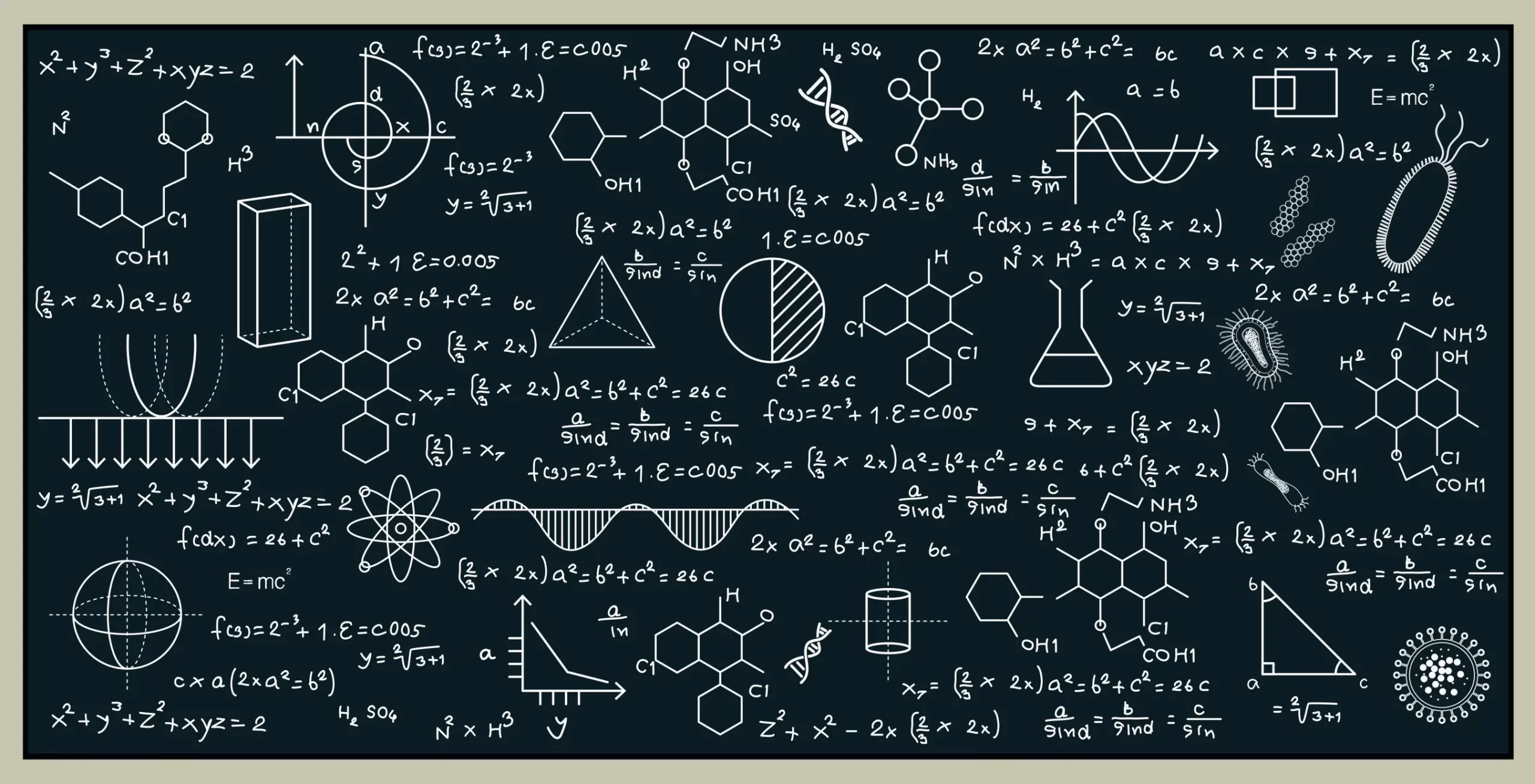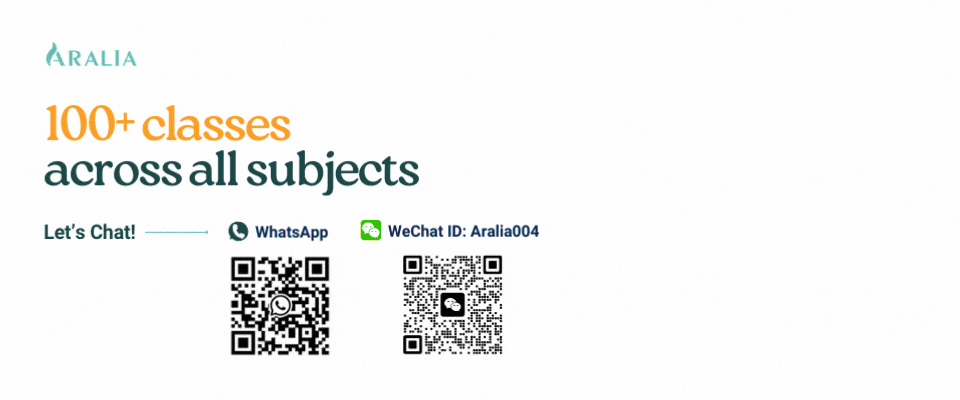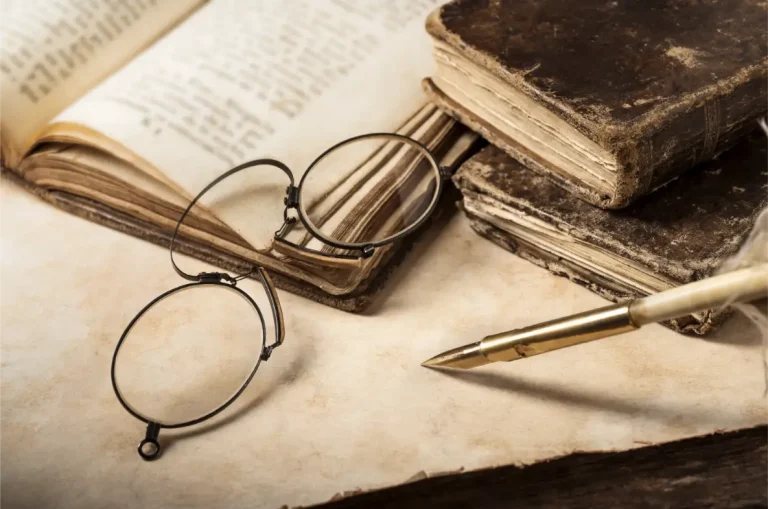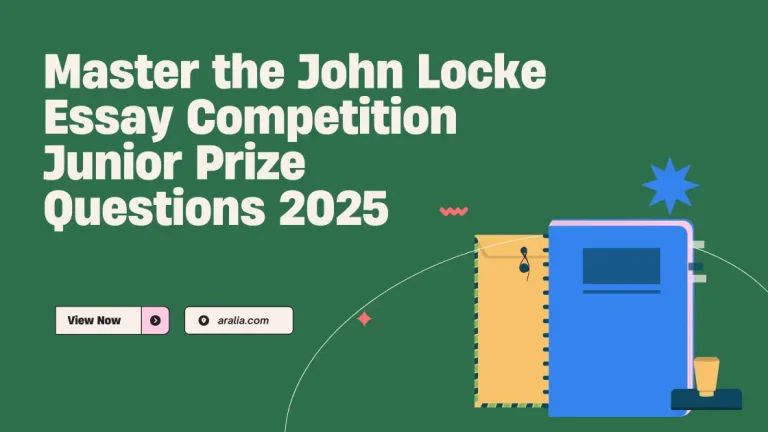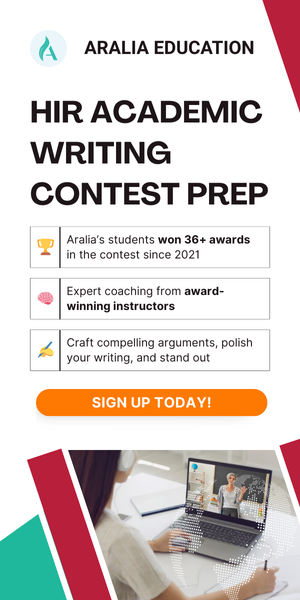1. What is Regeneron Science Talent Search?
Established in 1942, the Regeneron Science Talent Search (STS) is America’s oldest, most prestigious, and highly competitive STEM research competition. It is sponsored by Regeneron Pharmaceuticals, and run by the Society for Science. The primary goal of Regeneron STS is to identify future leaders in the field of science. Many STS alumni have achieved remarkable success, gaining admission to renowned universities worldwide, and receiving significant accolades for their scientific contributions. Notably, thirteen STS alumni have been awarded Nobel Prizes in science, while others have earned Fields Medals and MacArthur Fellowships.
Participating students in the Regeneron Science Talent Search are required to conduct original research and provide data or results as part of their application, although it is not mandatory for their work to be published in a scientific journal. While students can receive support and mentorship from adult scientific researchers and may work in external science labs or institutions, they must clearly demonstrate their individual contributions and provide concrete evidence of leading the research process. Team research projects are not eligible for submission.
To be eligible for the competition, students must be studying in the United States and be in their final year of secondary school (12th grade). It is important to note that U.S. citizenship is not a requirement for students studying in the U.S. to apply. Additionally, students who are U.S. citizens but studying outside of the U.S. are also eligible to participate in the competition.
For more information on eligibility and rules, refer to Regeneron STS Official Rules and Regeneron STS FAQ.
2. Why Should You Enter Regeneron Science Talent Search STS?
Each year, around 2,000 high school seniors participate in Regeneron Science Talent Search STS, and the competition awards a total of $3.1 million to winners. Top 10 STS winners are awarded $250,000 (1st place) to $40,000 (10th place) for their impactful, innovative scientific research and leadership potential. The Top 40 Finalists are selected to receive $25,000 each and are invited to Washington D.C. to meet the noteworthy scientists and visit the finest scientific research institutions and laboratories. The Top 40 STS Finalists will present and discuss their work with influential government leaders, leading scientists, Nobel Prize laureates, and fellow STS winners. The Top 300 students are recognized as Student Scholars, and receive $2,000 each—STS Student Scholars’ high schools each receive $2,000 as well.
Bring your talents to Regeneron STS for a chance to join the nation’s most prestigious and inspirational community of science researchers—become an STS alumnus. Every year in D.C., each generation of STS winners shift the world’s science scene and shape a new future led by scientific innovation.
3. Regeneron Science Talent Search STS 2024 Application Timeline
Applications open June 1, 2023
Applications and Recommendations due November 8, 2023, at 8pm
Top 300 Announced January 10, 2024
Top 40 Announced January 24, 2024
Winners’ Finals Week March 6 to March 13, 2024
Public Exhibition March 10, 2024
Awards Ceremony March 12, 2024
4. Regeneron Science Talent Search STS 2024 Application Deadlines
Applications open June 1, 2024
Applications and Recommendations due early November 2024
Other dates TBD
5. How to Write a Winning Regeneron Science Talent Search Application
What’s in a Regeneron Science Talent Search Application?
First and foremost, students develop a research question, design experiments, conduct research (both physical hard sciences and theoretical mathematics research are acceptable), collect data to present as results and discuss their project conclusions in a maximum 20-page science report. These scientific papers should be on par with graduate-level thesis in terms of organization, difficulty, and depth.
However, just doing and reporting your research is not the whole application. Students must also answer essay questions on what drives you as a scientist, provide examples of challenges you’ve overcome, and show proof of leadership skills. Students must also write, in essay format, about why they chose their specific research idea, and thoroughly detail their contributions to the project. Students who received mentorship must distinguish their own work from the areas they received assistance. Additionally, students must write a project description to be read by PhD judges both in and outside of their field. Thus, this project description must be advanced, while remaining easily digestible to experts in other fields.
Students must also select adult mentors/teachers who know them very well to write three detailed reference letters describing the student’s talents, aptitude compared to classmates, and work ethic. Regeneron STS recommendations follow a question-answer format, which differs from the typical recommendation letter for college admissions. Finally, students’ counselors must submit high school transcripts. See the full Regeneron STS 2024 Application and comprehensive details on Regeneron STS Application Requirements.
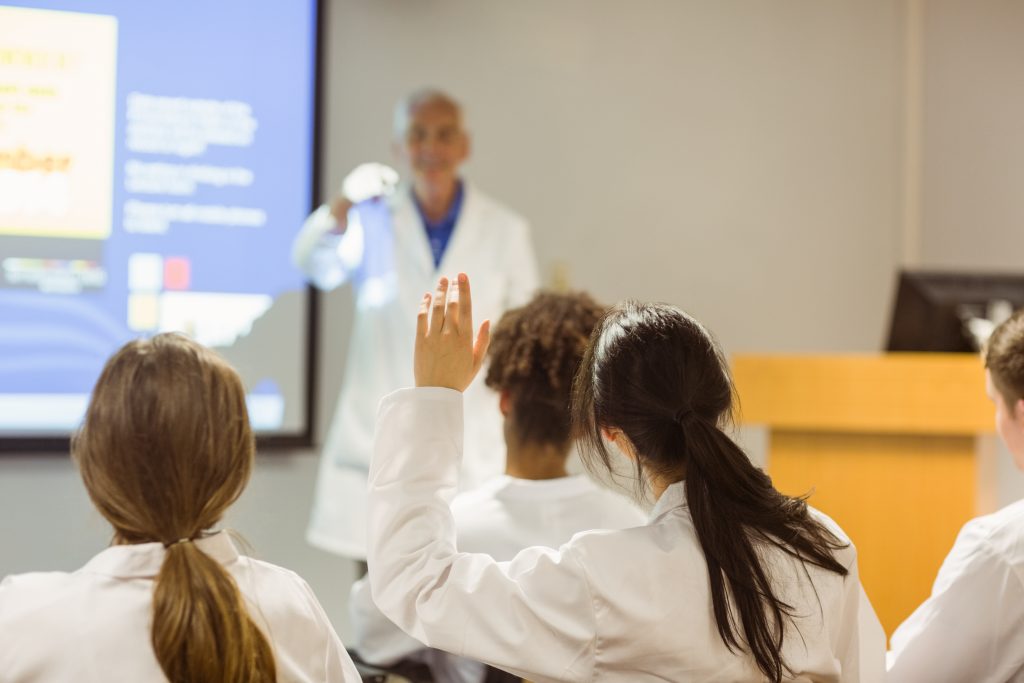
6. Tips from Regeneron STS Judges
Regeneron STS judges recommend students start as early as possible—some students even start their research projects as early as middle school. Only high school seniors can apply, but your research doesn’t need to have started and finished in your senior year of high school. Especially since the science research report is only one part of the application, students should finish their research well before the application deadline to have ample time to write stellar application essays. A winning Regeneron STS application must be strong in every aspect, not just the research results. Regeneron STS judges carefully examine every part of the application with a holistic approach– judges want to gain a deep understanding of the student scientist behind the research. It’s important for students to reflect profoundly on what STEM and research mean to them, and how they see themselves becoming world-leading scientists.
7. Advice from 2023 STS Finalists
Regeneron STS also places an emphasis on students’ hobbies and leadership roles in extracurricular activities. As shown in these 2023 STS Finalists’ profile introductions, many STS winners lead well-rounded, rich lives outside of academics. 2023 STS Finalists participate in sports, arts, social studies, humanities, and other scientific disciplines outside of their STS research topic. When filling out your STS application, you should showcase the full breadth of your character. Are you also a photographer? Are you passionate about animal rights? Are you head of a club or outside-of-school organization? In what ways have you serviced and made an impact in your community? Remember that Regeneron STS is looking for future leaders, not just awarding prizes for select research projects.
8. Examples of Winning Projects
Neel Moudgal won first place in the 2023 Regeneron STS for his project on computational biology and bioinformatics, in which his newly developed computational model holds the power to replace the traditional, unreliable scientific research method. Emily Ocasio won second place with her project that used her own AI model to identify reporting biases in newspaper articles, noting how reporters’ language favored and discriminated against victims based on their demographic information. Ellen Xu won third place for her project that made an incredible breakthrough in diagnosing Kawasaki disease.
What all three STS winners have in common is that they not only made world-changing discoveries that propel science forward and significantly improve countless human lives, but they are also exceptional leaders who have made positive impacts on their communities through their extracurricular activities. For example, Emily and Ellen are CEO and Founder, respectively, of respected non-profit organizations for girls. Take a look at the full list of 2023 STS Finalists winning projects to see what’s expected of your science project and your extracurricular activities.
9. How to Get Started with Research
You might be thinking… I’m just a high school student, how do I get the resources to conduct graduate-level STEM research? You can do research in or outside of your high school! If your school offers a science research class, that may be the easiest place to start getting into science research. Even if your school doesn’t offer an official course on science research, you can ask a science teacher to start a club or program—or even work 1:1 with you—and use school facilities to conduct science research outside of class time. You can work during lunch, free periods, before/after school, and on weekends and holiday breaks. Here’s a detailed step-by-step guide to walk you through how to start conducting scientific research at your high school. Before you start, make sure you know all the steps of the research process.
However, you may feel that your high school doesn’t have adequate funding or resources for the state-of-the-art research facilities you’re looking for. Or, you may want mentorship from experienced professors and working professional scientists whose expertise expands beyond your high school science teacher’s capabilities. In that case, you should consider doing a summer program in STEM at a world-renowned research university or at the Research Science Institute. Many famous, top-ranking universities, with extensive funding and world-class science laboratories, invite high schoolers to their college campus during the summer. Here is a list of the most outstanding summer research programs. Start applying to STEM research summer programs for high schoolers today, and next summer, you may find yourself at MIT or Stanford conducting STEM research directly with university professors in your field! Keep in mind though, STS applicants typically present research spanning a year, or at least over 6 months. Meanwhile, summer programs don’t last more than a couple months.
Other options to do STEM research can be long-term participation in science research projects hosted at research institutions (associated or non-associated with universities) or private companies. Students can reach out to university professors, post-doctorates, heads of the scientific research department, or anyone who’s leading a scientific research project to ask if they can join their team and choose their own research question. Learn more about ways to start research and how you can do research at home without access to a science lab. Learn more from upcoming and previous Regeneron STS Webinars.

